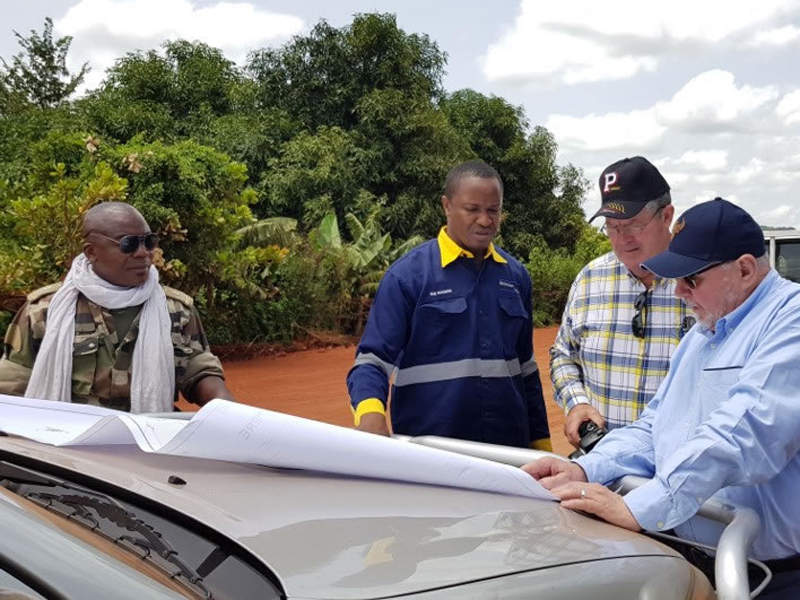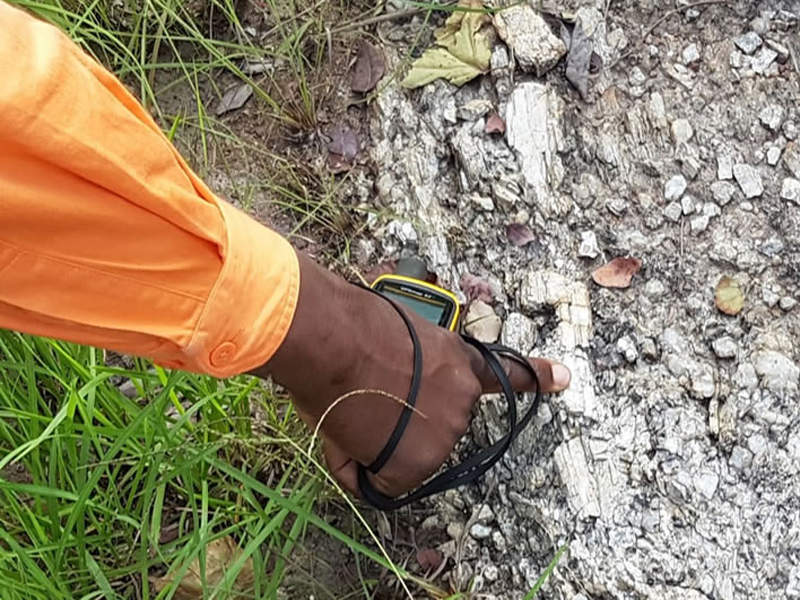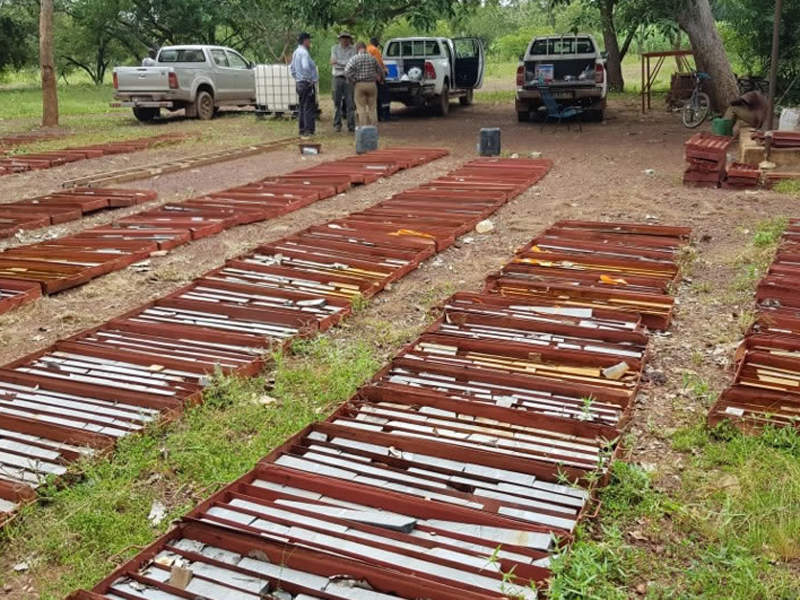The Goulamina lithium project is being developed by Birimian in Bougouni, in the Ségou region of southern-central Mali.
Birimian updated the pre-feasibility study of the lithium project in October 2017 and proposes to start construction in the first half of 2019. The project is expected to produce 5.7 million tonnes (Mt) of concentrate over an initial life of mine of 16 years.
Lithium production is anticipated to commence in the first half of 2020.
Goulamina lithium project location and geology
Located approximately 150km from Bamako City, the project consists of 295km² of land hosting high-grade lithium pegmatites.
The deposit falls within a series of vertical spodumene-rich pegmatites, which trend in north-north-west direction. The identified pegmatites dip steeply to the south-east and occur extensively, and are estimated to be more than 2.5km-long and 1.4km-wide.
The spodumene (lithium) pegmatite mineralisation occurs as well-defined, broadly parallel and continuous dykes namely Main, West, and Sangar zones.
Goulamina project reserves
The Goulamina lithium project is estimated to contain ore reserves of 31.2Mt grading 1.56% Li2O.
Mining and ore processing at Goulamina
Conventional open-pit mining methods involving drilling, blasting, loading and hauling will be applied at the Goulamina lithium project.
The plant will be a conventional spodumene beneficiation plant with a processing capacity of 2Mt/y. The ore will pass through a vibrating grizzly for removing oversize lumps, while undersize will pass through a three-stage crushing unit comprising primary, secondary and tertiary crushers.
The final crushed product will pass through fine ore conveyor before being forwarded to the reflux classifier. The overflow from the classifier will be directed to the mica removal screen, where coarse mica is removed.
The undersize from the mica removal screen and the reflux classifier underflow will pass through the feed prep screen, with the resultant overflow forwarded to a two-stage DMS.
The sinks from the DMS will be sent to a concentrate storage unit, while the floats will be forwarded to the ball mill feed. The discharge from the ball mill will pass through a discharge hopper and the resultant slurry will be pumped to the ball mill classifying cyclones.
The resultant product will be forwarded to a flotation circuit, which comprises two stages of rougher, three stages of cleaning, and one cleaner scavenger.
The DMS concentrate and flotation concentrates will be blended before loading onto trucks. The product will be transported by road to the Port of Abidjan in the Ivory Coast, where they will be loaded to ship in bulk for transport to customers.
Infrastructure facilities at Goulamina lithium project
The Goulamina lithium project can be accessed from the main road (RN7) through a 25km-long unpaved Kèmèné-Mafèlè-Goulamina village road.
Raw water will be collected from the Sélingué Dam, located to the west of the site in Mali’s Sikasso Region, through a 25km-long pipeline. The water will be treated on-site and distributed to the processing plant, mine, and infrastructure facilities.
Power required by the mine will be supplied through a diesel-fired power station and fuel farm to be constructed adjacent to the processing plant.
Workers will be accommodated at a 300-person accommodation camp located approximately 4km north-east of the processing plant.
Contractors involved
Ausenco Services was engaged for preparing the PFS, while Cube Consulting prepared the mineral resource and ore reserve estimates.
Siggiconnect determined the spodumene concentrate prices as part of the PFS, while AQ2 conducted the hydrogeological studies.
Digby Wells was engaged for preparing the environmental and social impact assessment for the Goulamina project and will also assist Birimian in carrying out consultations.
Land & Marine Geological Services was engaged for the engineering and design of the tailings storage facility, while ALS Metallurgy and Valdrew Nominees conducted the metallurgical test works.
Roskill Consulting UK drafted the lithium supply demand and cost estimates, while Northshore Capital Advisors estimated the operating costs.






